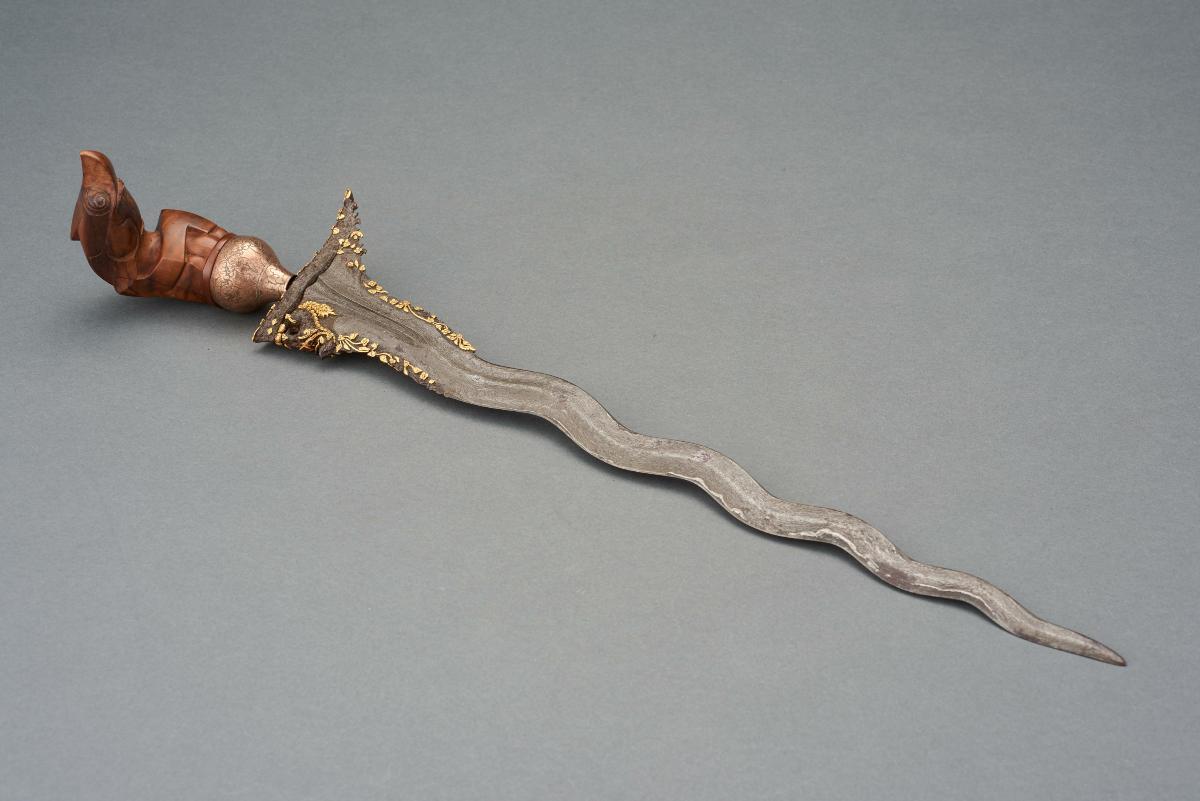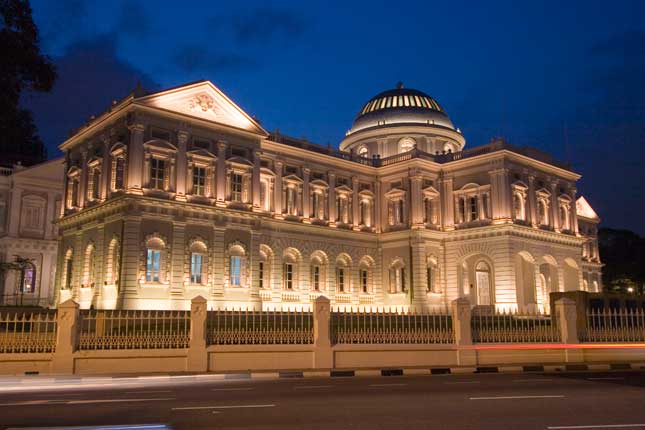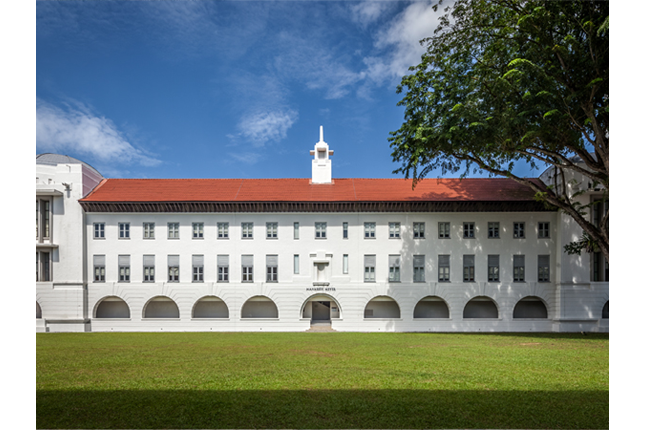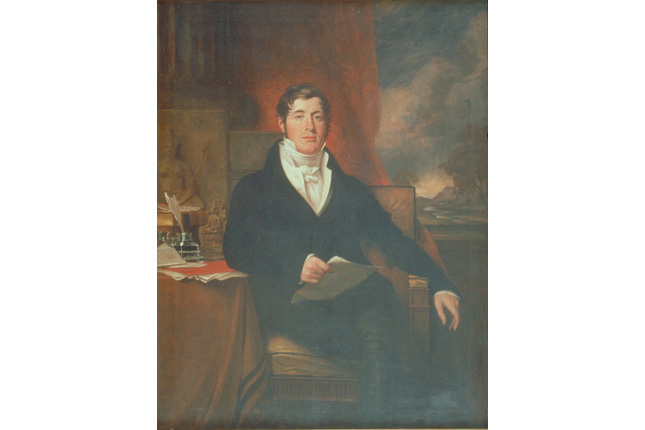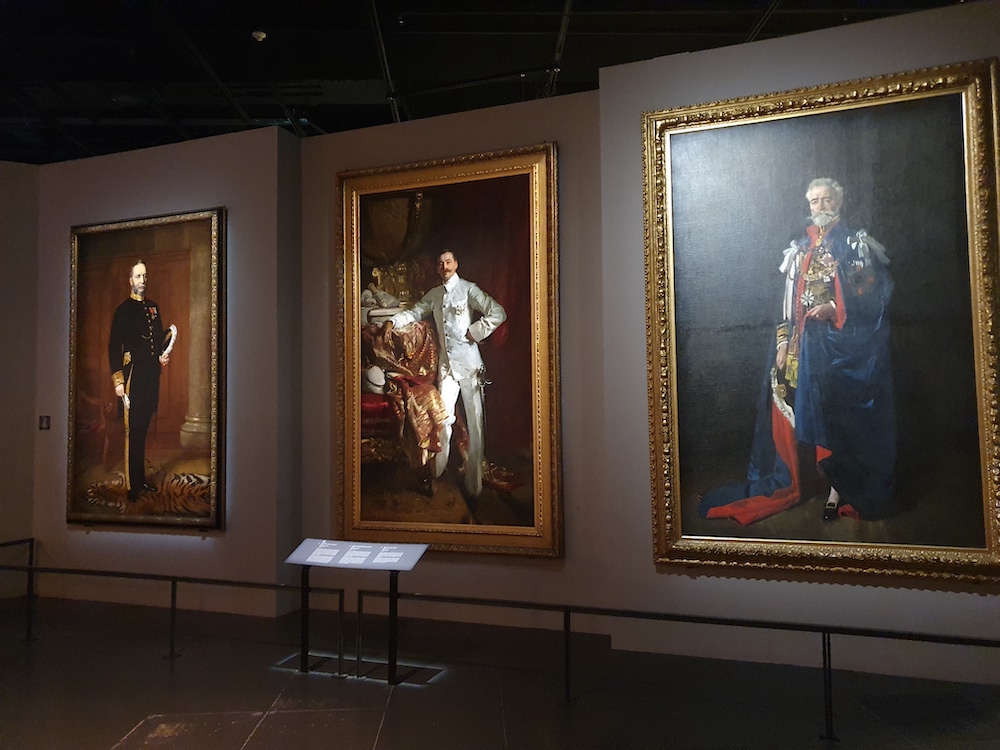Kris, Palembang, Sumatra, 19th century, suasa, wood, copper, gold.
The former Raffles Library and Museum Ethnographic Collection, collection of Asian Civilisations Museum.

Krises have deep symbolic and ritual meaning in Malay and Indonesian culture. A kris' blade is typically wavy, and the number of waves can range from three to more than thirty. Given the pre- Islamic roots of the kris itself, it is widely believed that the wavy form of the blade resembles that of a naga, or snake, in Malay-Javanese mythology.
The kris' hilt is the means by which one determines the style of the kris. Malay, Bugis and Sumatran kris often sport far more stylised and abstract hilts, recalling the form of deities and demons but without the features. This kris from the Raffles Library and Museum Ethnographic Collection comes from the city of Palembang in Sumatra. Old museum records say it once belonged to Sultan Pengeran Syed Ali of Palembang.
The wavy blade is made from suasa, an alloy of copper, silver and gold. The image of a lion near the hilt is a symbol of power and royalty. The hilt and copper finger guard were probably later additions to the weapon. The kris entered the Raffles Library and Museum in 1912 and is part of a larger and significant collection of kris from the region, mostly collected during the colonial period. The presence of a large kris collection also reminds visitors that Singapore has always been a part of the region and continues to have strong cultural links to its immediate neighbours Malaysia and Indonesia.
This is an extract from "The Singapore Story through 60 objects" written by Kennie Ting, Director, Asian Civilisations Museum and Peranakan Museum & Group Director of Museums, National Heritage Board. This article was first published in Cultural Connections Volume IV 2019 by Culture Academy Singapore.





